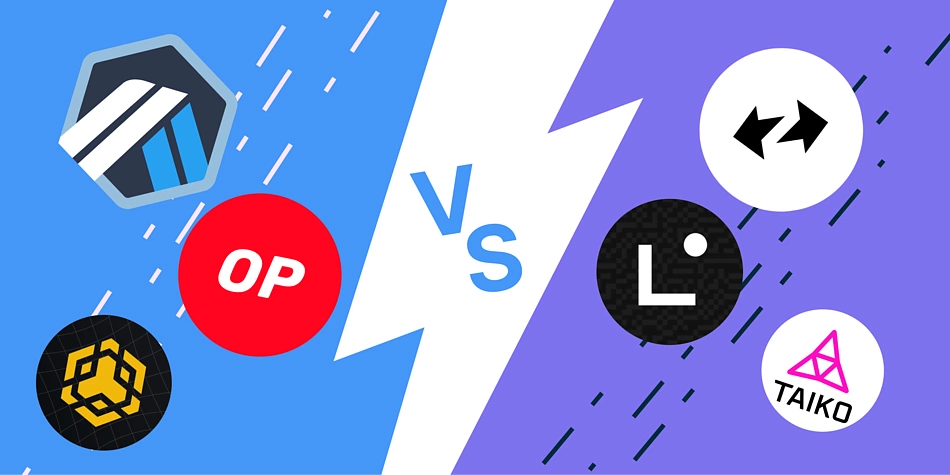Overview: How Hybrid Blockchains Work
Hybrid blockchains combine features of both public and private blockchains to create a flexible and secure system. In a hybrid blockchain, certain transactions and data remain private within a closed network (similar to a private blockchain), while other parts of the information can be validated or stored on a public blockchain for greater transparency and security.
This model operates with a permissioned mechanism where only authorized participants can access sensitive information, while any external user can verify public data on the open blockchain. To achieve this, hybrid blockchains use smart contracts and interoperability technologies that connect both layers of information without compromising privacy or decentralization.
Example of how it works in practice:
- A company uses a hybrid blockchain to track its supply chain.
- Internal production and logistics details remain private, accessible only to the company and its partners.
- The final delivery records are published on a public blockchain, allowing customers to verify the product’s authenticity without accessing confidential data.
This approach enables businesses, governments, and industries to leverage decentralization without losing control over sensitive information.
Examples of Hybrid Blockchains
- XinFin (XDC Network)
- A hybrid network focused on global trade and supply chain financing.
- Uses XDPoS (delegated proof-of-stake) consensus for greater efficiency and scalability.
- Dragonchain
- Originally developed by Disney, it combines private security with public interoperability.
- Allows businesses to manage sensitive data while validating transactions on public networks like Ethereum and Bitcoin.
- IBM Blockchain (Hyperledger Fabric)
- An enterprise solution that enables private blockchains with an option to connect to public networks.
- Used in logistics, digital identity, and regulatory compliance.
Advantages of Hybrid Blockchain
- Privacy and Security
-
- Protects sensitive data by keeping it private while allowing audits on the public network.
- Scalability and Efficiency
- Reduces costs and congestion compared to fully public blockchains.
- Regulatory Compliance
- Facilitates adoption in industries requiring confidentiality, such as healthcare and finance.
- Interoperability
- Can integrate with other blockchains, expanding its functionality.
Challenges and Limitations
- Technical Complexity
- Implementing and managing a hybrid blockchain requires an advanced architecture.
- Development Costs
- Maintenance can be more expensive compared to fully public or private blockchains.
- Balancing Transparency and Privacy
- Deciding what information to keep private and what to make public can be challenging.
Evolution and Trends
- Greater Adoption in Enterprises and Governments: XinFin and Dragonchain are demonstrating success in trade finance and global commerce.
- Innovations in Interoperability: Platforms like Polkadot and Cosmos are facilitating the connection between hybrid blockchains and other networks.
- Use in Digital Identity and Security: Solutions are being explored for secure authentication without compromising user privacy.
Market Sentiment
Interest in hybrid blockchains has grown in sectors such as banking, healthcare, and logistics. Businesses seek solutions that balance transparency and control, while regulators see this model as a viable alternative to combine decentralization with legal compliance.
Conclusion
Hybrid blockchains represent a key solution for use cases where neither public nor private networks alone are sufficient. With a balance between privacy, scalability, and decentralization, their adoption continues to grow, driven by innovations in interoperability and the demand for flexible solutions in key industries.







